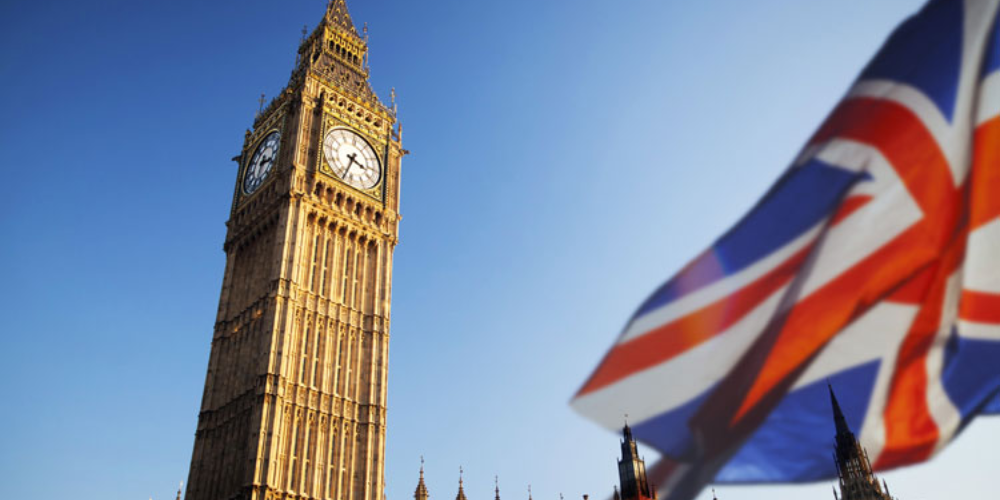As we embrace the new year, the U.S. economy stands at a crossroads, reflecting a narrative of resilience and moderation. The anticipated fourth-quarter GDP figures are set to encapsulate this dynamic interplay, revealing an economy that, while slowing, continues to pulse with vigor.
In this article, we will peel back the layers of the U.S. economic landscape in the latter half of last year's landscape, navigating through its complexities with a blend of casual eloquence and authoritative insight.
A Solid Second Half

Karolina / Pexels / Analysts are optimistic that the U.S. economy is on the right track as the new year 2024 kicks off.
The story of the U.S. economy in the latter half of 2023 is one of robustness and vitality. Following a spirited 4.9% growth in the third quarter, economists are hedging their bets on a 2% annualized increase for the fourth quarter.
While this marks a deceleration, it is crucial to view it within the context of the strongest back-to-back quarterly performance since 2021. Such figures do not merely represent numerical values but encapsulate the resilience of an economy that has weathered storms and emerged with a steady pace.
The Inflation Narrative
Inflation, the specter that has haunted economies worldwide, is showing signs of retreat in the U.S. With the Federal Reserve's preferred inflation gauge expected to rise by 3% year-over-year in December, the narrative is shifting. This expected deceleration, marking an 11th consecutive month of easing price pressures, signals a significant pivot in the inflationary storyline.
Sure! The implications are profound, potentially setting the stage for a recalibration of interest rates by the Fed.

Tima / Pexels / The U.S. economy saw a staggering 4.9% growth in its third quarter.
The Interest Rate Conundrum
The Fed's balancing act between curbing inflation and fostering growth is reaching a critical juncture. With real interest rates at their peak since 2007, the echoes of past recessions loom large. Yet, the potential softening of inflation opens a Pandora's box of policy adjustments.
The question on everyone's mind is whether the Fed will ease the reins and lower interest rates, a move fraught with both opportunity and risk.
Global Perspectives
The economic narrative extends beyond U.S. borders, with central banks around the world navigating their own monetary mazes. From the steadfast stance of the Bank of Canada to the European Central Bank and the Bank of Japan's rate speculation, the global economic dialogue is rich and varied. Each decision, whether it is holding rates steady or hinting at future hikes, weaves into the larger tapestry of global economic health and investor sentiment.

Energy Pic / Pexels / Apart from the U.S. economy, economies across the globe are going through steady growth.
With its diverse economies, Asia provides a snapshot of global trade dynamics and economic health. Japan's focus on wage-price cycles, China's steady prime rates, and South Korea's potential growth acceleration all tell a story of an Asia in flux. These developments, from trade statistics to consumer inflation and business confidence, offer valuable insights into the region's economic trajectory and its interplay with global markets.
Parting Thoughts
As we stand at the threshold of a new year, the U.S. economy, with its fourth-quarter GDP figures, offers a moment of reflection. It is a narrative of growth, moderation, and the intricate dance of monetary policy. History is not just about numbers but about the resilience and adaptability of economies in the face of challenges. As
So, as we engage in this conversation, let's appreciate the complexity and dynamism of the economic landscapes that shape our world.





